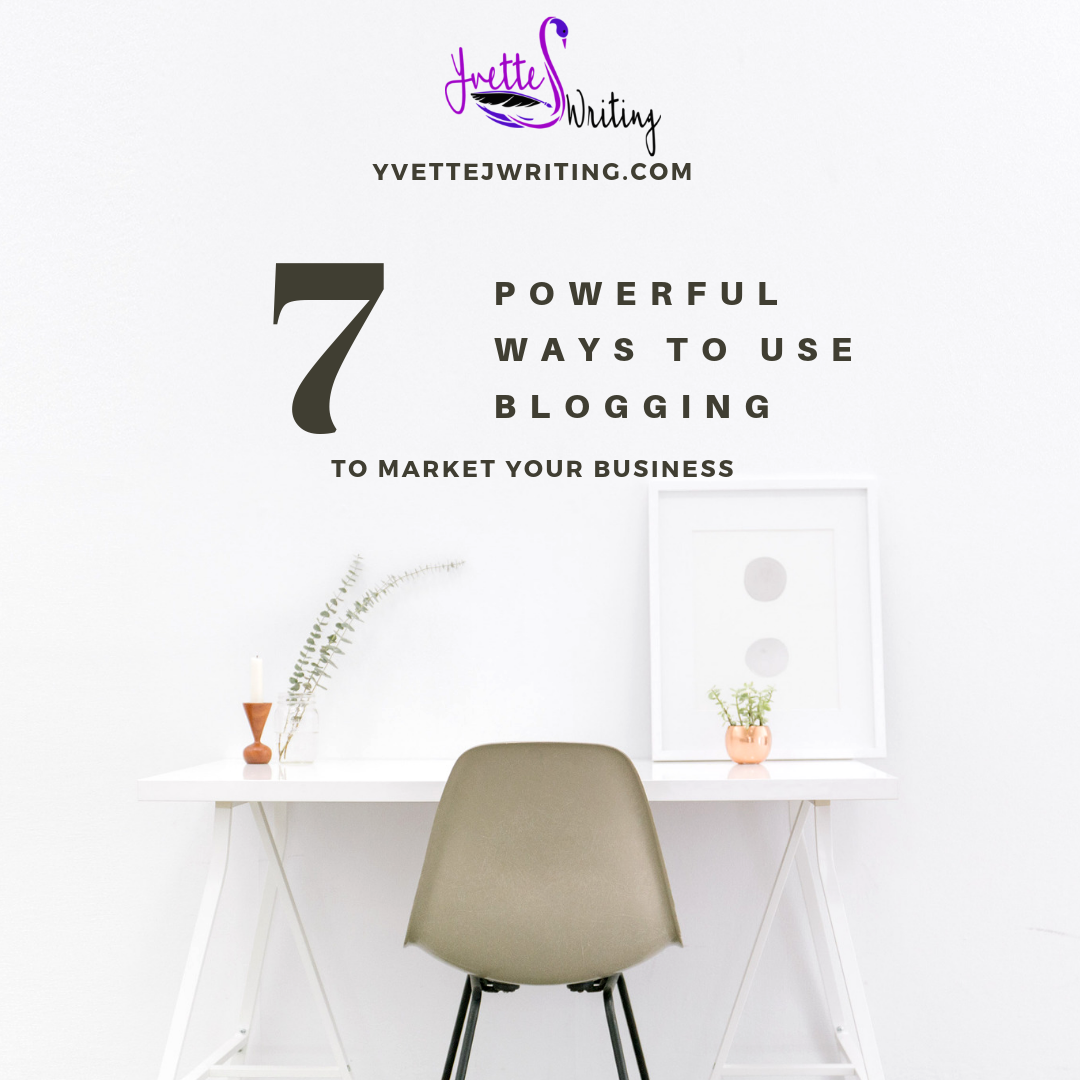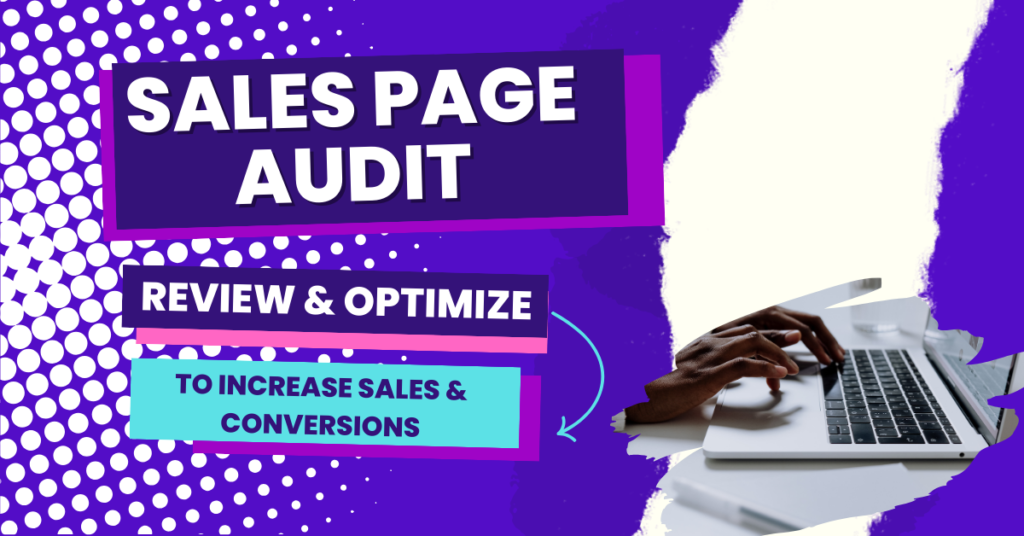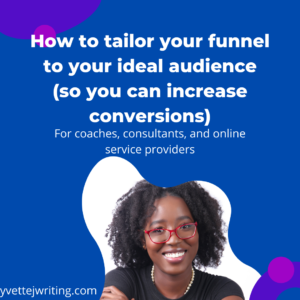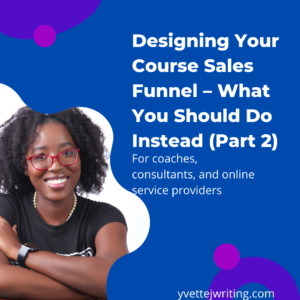These days, if you’re trying to attract business online, it’s essential that your website has a blog. A blog isn’t an optional part of your marketing strategy. Therefore, it’s important that you know how to use blogging to market your business.
It doesn’t matter whether you’re a B2B or a B2C company – the results will be similar when your content strategy is done right.
But, before we dive into the 7 powerful ways that you can use blogging to market your business, let’s take a quick look at a couple of the benefits of business blogging.
Table of Contents
ToggleSo, how can blogging benefit your business?
- Boost Search Engine Optimization (SEO)
Frequent blogging can increase your website SEO and drive online traffic to your site. Blogging can help you keep your website content fresh by regularly adding new content to your site. Consistently adding new posts to your site also means you have more indexed pages for your website.
In addition to keeping your website updated, another way in which blogging increases SEO is through backlinking. Backlinks, especially from high-authority sites, is one of Google’s key SEO ranking factors for trust authority. Companies who blog have reported receiving 97% more links to their website.
- Attract more prospective customers
When done right, blogging can enhance your inbound marketing efforts. While the traffic you get will depend on your content strategy and how often you post, blogging could 6x the traffic to your website. And once you have them on your site, you’re in a better position to market and convert.
There are many more benefits to business blogging, which you can get an idea of here. But for now, let’s dig into 7 ways you can use your blog posts in your business marketing.
Related Post: The Benefits of Business Blogging
You can read the post at the link above to get an idea of some of the other benefits of business blogging. No, on to the 7 powerful ways to use blogging to market your business.
Here are the 7 ways to use blogs posts in your marketing
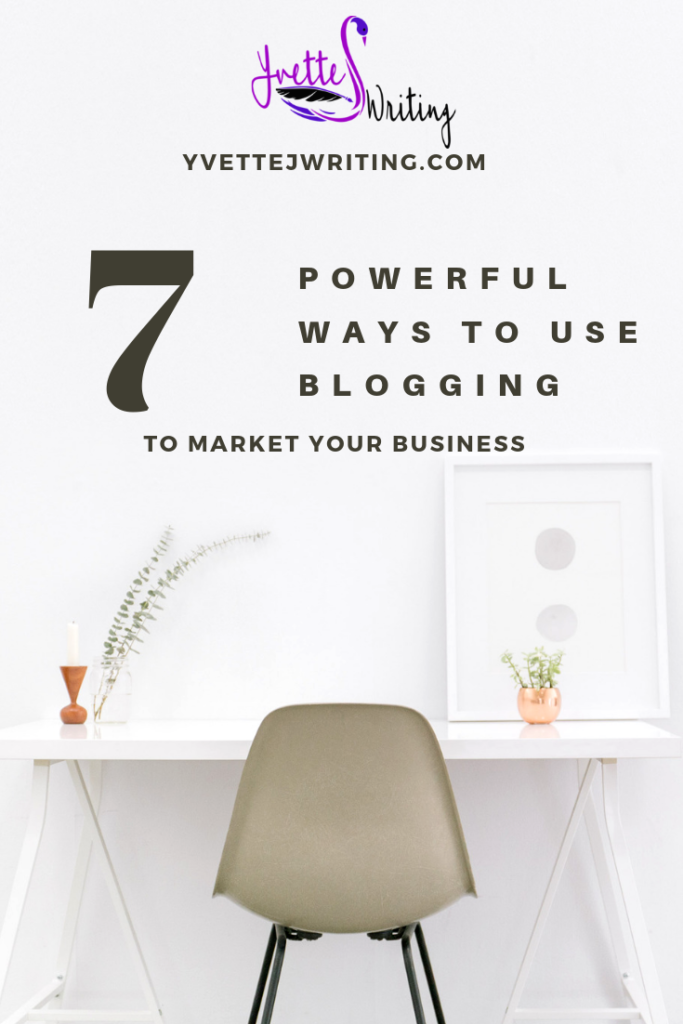
1. Engage with your audience
The easiest way to educate your audience is via blogging. And while you’re educating them, you’ll keep your engagement high and build credibility and trust in your brand.
For example, Hostgator sends out a newsletter to their customers that specifically highlights the new posts on their website for the month. As you can see from the newsletter summary, the posts they are encouraging their subscribers to review are on topics that their customers – people hosting websites – would be interested in.
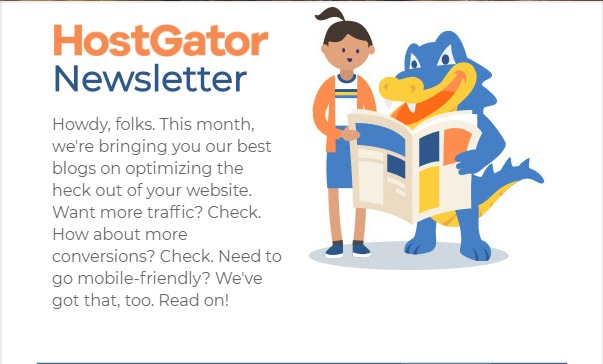
Newsletters, therefore, are just one of the many ways to use blog posts to keep your audience engaged and your brand in their minds.
Another part of the engagement process is to encourage your readers to interact with your content. Ask them to share your content or post comments on your blog. And when they do, respond and interact with them too.
2. Build brand awareness
You may think that your customers don’t read blogs. But they all use Google to find answers to their questions. When they search, will your business be there to give them the answer? If you are, then you’ll be building brand awareness.
Customers prefer to learn about companies from articles than from ads. If you’re blogging, then you can control the narrative that your readers see about your brand online. Plus, this is the tactic that 81% of B2B marketers used blogging for – create brand awareness. Keep your business at the forefront of your audience’s mind.
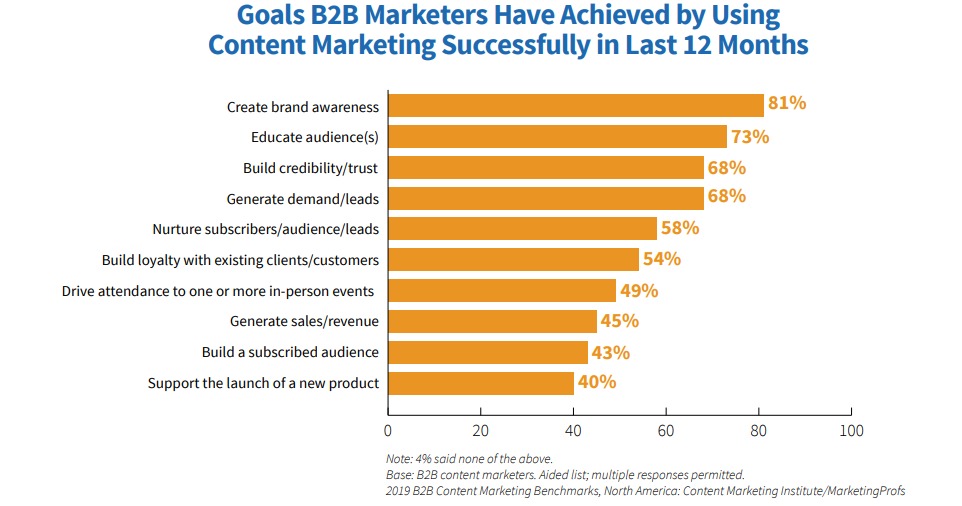
3. Build your brand authority
A part of building your brand awareness is that you also need to build your brand authority. Through your blog, you can establish your business as a leader in your industry.
Answer their questions. Provide valuable content that can help your potential customers, and they’ll come to view you as an expert in the field. Over time, with consistent blogging, you’ll be sought out as an authority and make you the go-to person in your industry.
Where visitors find you a credible source of information, they will more than likely turn to you when they need the service or product you offer.
4. Drive traffic to website and landing pages
Blogging is the inbound marketing strategy that can drive traffic to your website.
For example, Neil Patel has used his blog to tremendous effect in this regard. He delivers valuable content and as such, has been able to grow his digital marketing firm using content marketing.
He’s used content marketing to get to page 1 – and more often than not position 0 or 1 – for some of the key search terms that his ideal audience – and customers – will have.
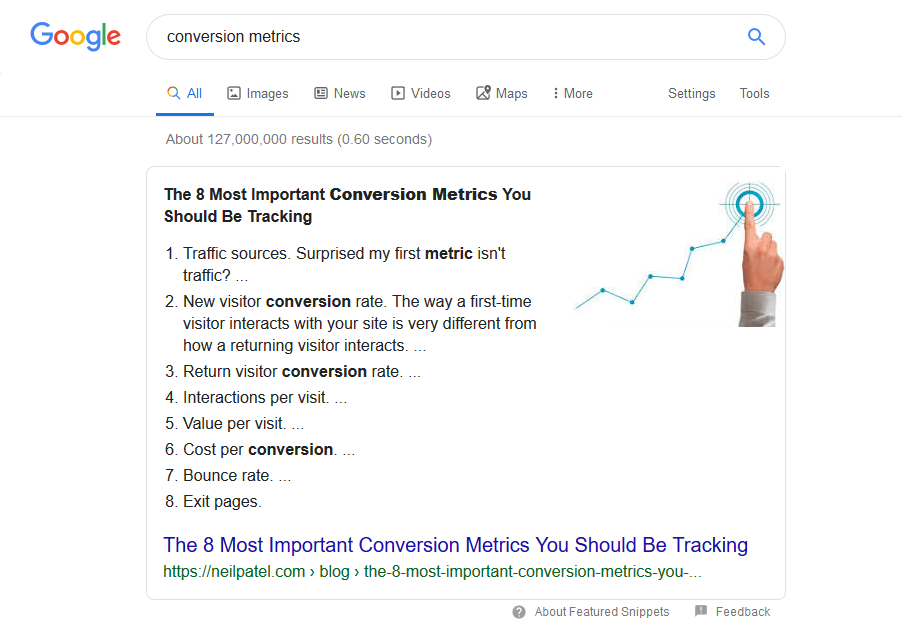
Similarly, you too can drive traffic to your business website using your blog. And that includes free and paid traffic to your high-converting landing pages. Once visitors land on your posts, you have a chance to move them to take action through your call to actions, forms, or send them to specific landing pages.
5. Give you more marketing material
In addition to simply sharing your blog posts on your social media channels, you can repurpose your content to create additional marketing material.
Have stats on your blog? Create an infographic. Have engaging talking points in your posts? Use them to create multiple social media posts. You can continuously promote the same post and your website using different aspects of your blog.
Some ideas for repurposing your content include:
- Spin-off articles
- Videos
- Infographics
- Podcasts
- Ebook
- Round-up posts (of your blog posts)
6. Increase conversions
According to SEO Tribunal, “57% of marketers say they’ve gained customers specifically through blogging”. That’s because blog posts can convert visitors into leads. As a top of the funnel marketing strategy, you’d use your blog posts to address your audience’s pain points and challenges.
As such, blog posts and articles are 73% more effective in the early stages of demand generation in the buyer journey. At this stage, your audience isn’t aware of your product or service. However, with blogging, you can build awareness, which then leads into the other stages of the buyer journey and conversion process.
7. Grow your email list
I’m sure by now you’ve heard that the money is in your list. That’s because you can always market directly to your email list. Plus, it’s easier to sell to people who’ve already bought from you. Or who you’ve built a relationship with.
Two ways you can use blogging to grow your email list is to:
- Deliver value and ask your readers to subscribe to be notified when new posts are published
- Provide lead magnets – downloadable material – which they can get in exchange for providing their email addresses.
HubSpot, for example, does this well. With each of their blog posts, they offer a relevant lead magnet to capture prospect information.
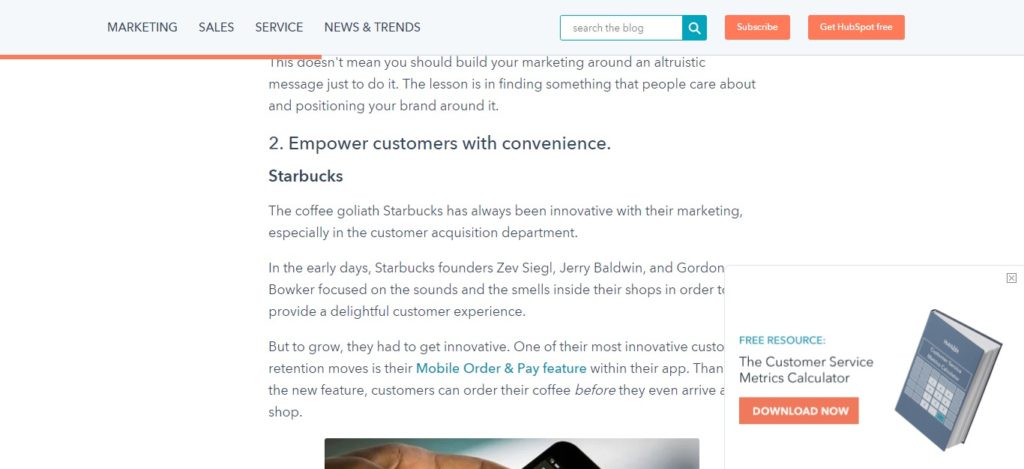
Ready to use blogging to market your business?
If you’re interested in increasing the online exposure of your business, then establishing yourself and your company as experts via blogging is an excellent strategy with high returns. Blogging offers returns now and in the long-term. Older posts often generate more traffic over the long-term than new posts. So, keep a consistent blogging schedule and reap the many benefits now and as long as you have your posts published.
Blogging can be time-consuming. If you don’t have the time or resources to build out a content strategy and write your business blog posts, then the ideal solution is to outsource. At YvetteJ Writing, I can craft unique and engaging blog content for your website. Get in touch.

